What Is Down Syndrome?
Down Syndrome, medically known as Trisomy 21, is a genetic disorder resulting from an extra copy of chromosome 21. This additional genetic material alters the course of development and causes the characteristics associated with the syndrome. It is the most common chromosomal condition, occurring in approximately 1 in every 700 live births.
What are the types of Down Syndrome?
There are three primary types of Down Syndrome:
- Trisomy 21: Accounts for about 95% of cases. Every cell in the body has three copies of chromosome 21 instead of the usual two.
- Translocation Down Syndrome: Occurs when an extra part or a whole chromosome 21 is attached to another chromosome. This type is less common and can be inherited.
- Mosaic Down Syndrome: A rare form where some cells have three copies of chromosome 21, while others have the typical two copies. This mosaic pattern results from abnormal cell division after fertilization.
What are the Causes and Risk Factors of Down Syndrome?
Down Syndrome is caused by abnormal cell division involving chromosome 21. The specific cause of the extra chromosome is unknown, but several factors may increase the risk:
- Advanced maternal age: Women aged 35 and older have a higher risk of having a child with Down Syndrome.
- Previous child with Down Syndrome: Parents who have one child with Down Syndrome are slightly more likely to have another.
- Genetic translocation: Parents who carry a genetic translocation involving chromosome 21 can pass it on to their children.
Signs and Symptoms of Down Syndrome
Individuals with Down Syndrome(trisomy 21) exhibit a range of physical and developmental characteristics. Not all individuals will have all features, and the severity can vary:
Physical Features
- Flattened facial profile
- Upward slanting eyes
- Small head and ears
- Short neck
- Protruding tongue
- Poor muscle tone (hypotonia)
- Short stature
- Single deep crease across the center of the palm (palmar crease)
Developmental and Cognitive Symptoms
- Mild to moderate intellectual disability
- Delayed speech and language development
- Short attention span
- Poor judgment
- Impulsive behavior
- Delayed motor skills development
Associated Health Conditions
Individuals with Down Syndrome may have an increased risk of:
- Congenital heart defects
- Hearing loss
- Vision problems
- Thyroid conditions
- Gastrointestinal issues
- Sleep apnea
- Leukemia
- Alzheimer’s disease
Diagnosis
Prenatal Testing
Prenatal screening and diagnostic tests can assess the likelihood or presence of Down Syndrome:
- Screening Tests: Include blood tests and ultrasound to evaluate the risk.
- Diagnostic Tests: Such as amniocentesis, chorionic villus sampling (CVS), and percutaneous umbilical blood sampling (PUBS), which can confirm the diagnosis by analyzing fetal chromosomes.
Postnatal Diagnosis
After birth, Down Syndrome is often suspected based on physical characteristics. A chromosomal analysis called a karyotype is performed to confirm the diagnosis by identifying the presence of an extra chromosome 21.
Treatment and Management
While there is no cure for Down Syndrome, early intervention and supportive care can significantly improve quality of life:
Early Intervention Programs
These programs focus on stimulating development in areas such as:
- Motor skills
- Language and communication
- Social and self-help skills
Educational Support
Tailored educational plans and inclusive classroom settings can help children with Down Syndrome reach their full potential.
Medical Care
Regular health check-ups are essential to monitor and treat associated medical conditions. This includes:
- Cardiology evaluations for heart defects
- Audiology assessments for hearing
- Ophthalmology exams for vision
- Endocrinology consultations for thyroid function
Therapies
- Speech Therapy: To enhance communication skills.
- Physical Therapy: To improve motor skills and muscle strength.
- Occupational Therapy: To assist with daily living activities.
Prognosis
With advancements in medical care and supportive therapies, individuals with Down Syndrome are living longer and healthier lives. The average life expectancy has increased significantly, with many living into their 60s and beyond. Early intervention, inclusive education, and community support play crucial roles in enhancing the quality of life.
Conclusion
Down Syndrome is a lifelong condition, but with the right support and resources, individuals can lead fulfilling and productive lives. Awareness, acceptance, and early intervention are key to unlocking the potential of those with Down Syndrome.
FAQs About Down Syndrome
Q1: Can Down Syndrome be prevented?
No, it cannot be prevented, but risk can be reduced with proper prenatal screening and planning.
Q2: Is it inherited?
Most cases are not inherited. However, translocation Down Syndrome can be passed from parent to child.
Q3: Can individuals with Down Syndrome live independently?
With the right support, many individuals can live semi-independently or in assisted living settings.


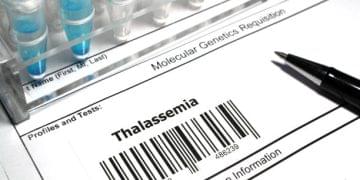

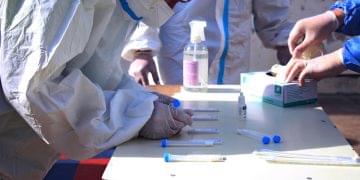

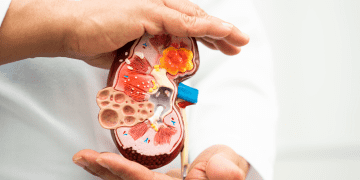
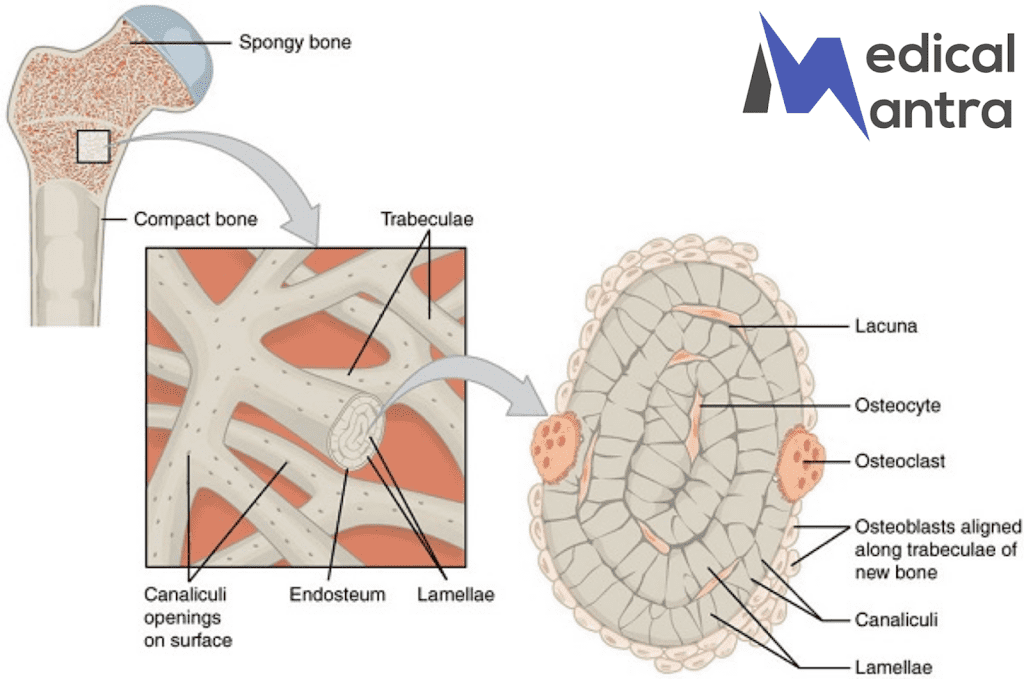
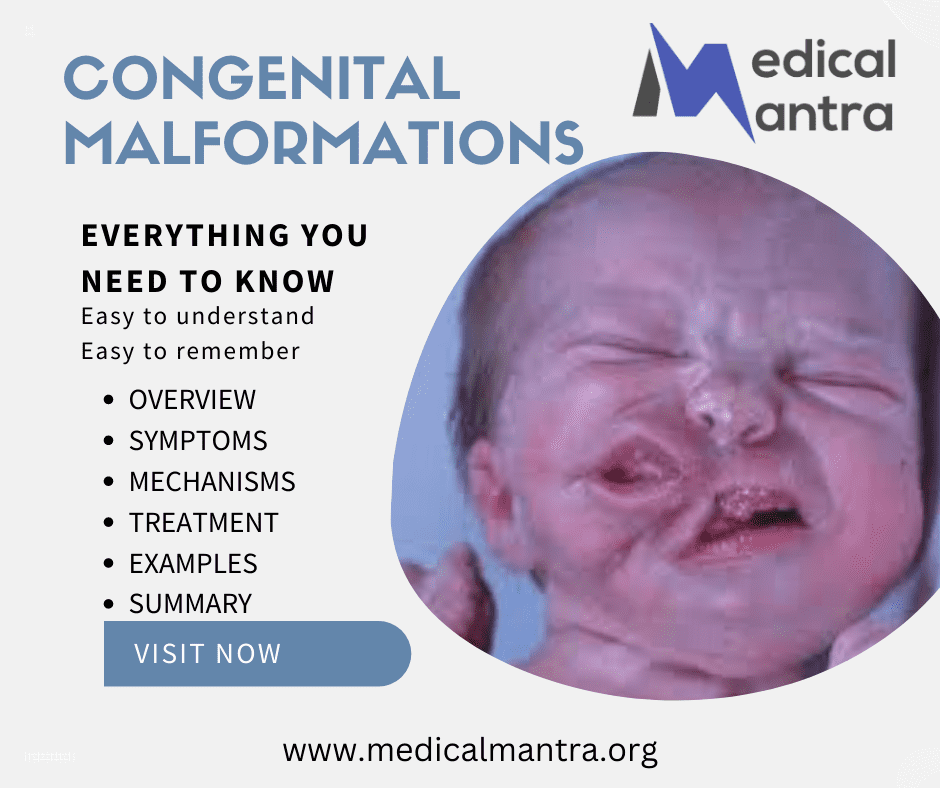
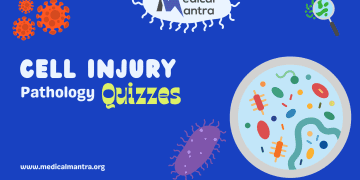



Comments 1